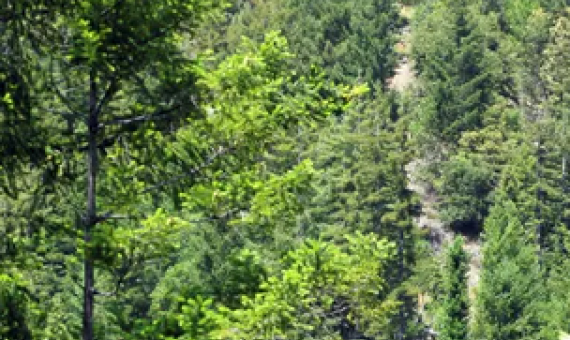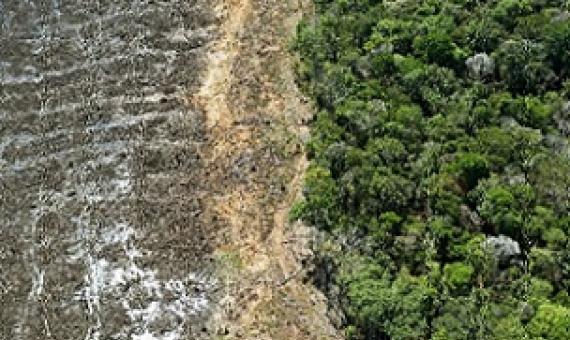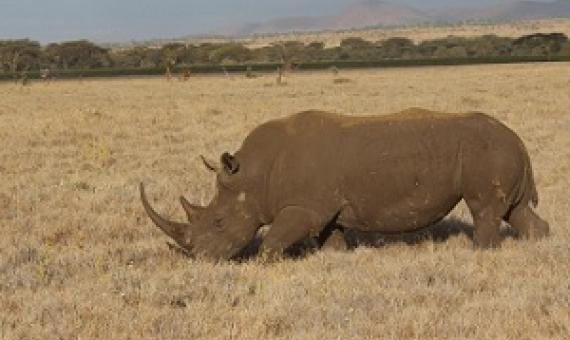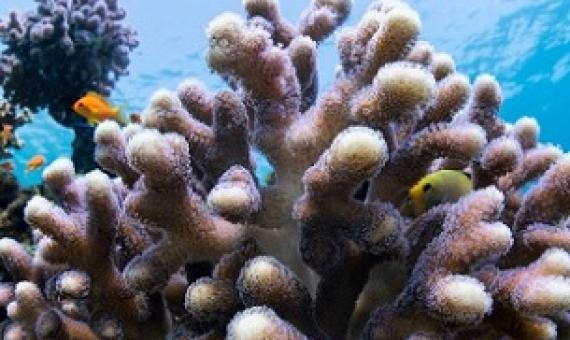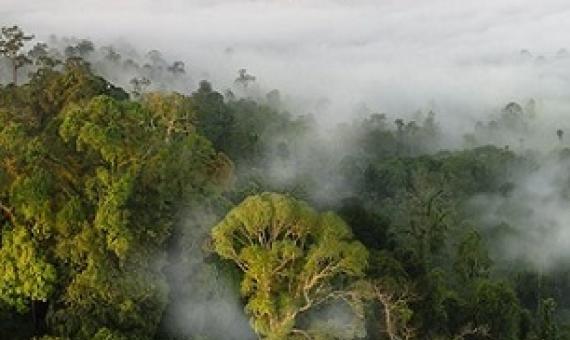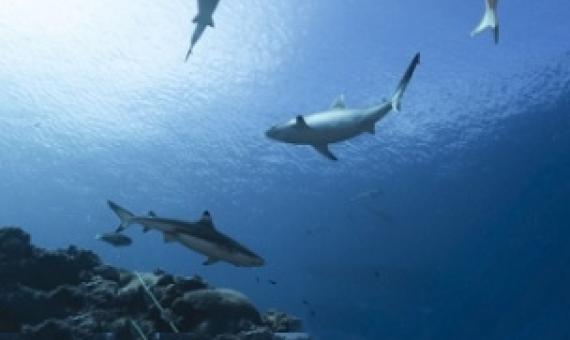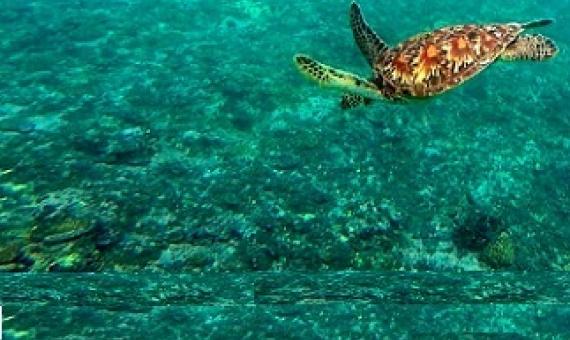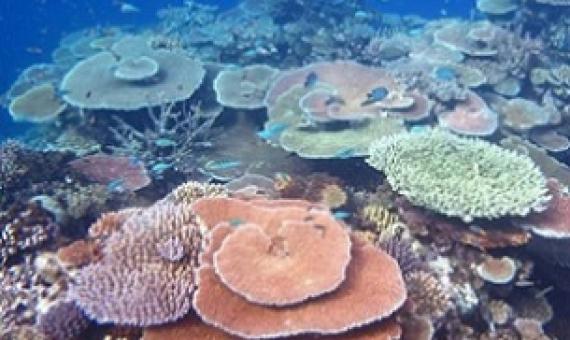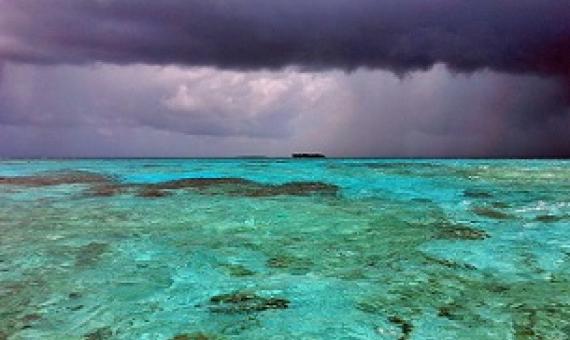Sixteen out of 31 oceanic shark species are now critically endangered or endangered, a study published in the journal Nature found earlier this year. The number of oceanic sharks and rays in the world has declined by 71% from 1970 to 2018,the researchers observed.
An area of forest the size of France has regrown around the world over the past 20 years, showing that regeneration in some places is paying off, a new analysis has found...The two-year study, conducted via satellite imaging data and on-ground surveys across dozens of countries, identified areas
Whether it's turning forests into cropland or savannah into pastures, humanity has repurposed land over the last 60 years equivalent in area to Africa and Europe combined, researchers said Tuesday.
New research examining the major causes of the world's biodiversity loss calls for an urgent and profound re-organisation of the global post-pandemic economy to prevent further planetary harm.
Researchers at the University of Haifa, the Weizmann Institute, and the Centre for Genomic Regulation (CRG) have built the first atlas of all of the different types of cells in Stylophora pistillata, a reef-building stony coral native to the Indo-Pacific oceans.
The Forest Integrity Assessment Tool (FIA) is designed to enable forest managers with no prior experience in forestry or conservation to assess and monitor the condition of tropical forest conservation areas.
Thousands of sharks have been illegally caught in a Marine Protected Area (MPA) in the Indian Ocean, new research shows. The MPA was created in 2010 around the Chagos Archipelago, also known as the British Indian Ocean Territory (BIOT), banning all fishing there.
Because of global warming, most newborn sea turtles are female, which could put their long-term survival at risk. New research reveals that in addition to more widely used techniques such as shading and irrigation, the splitting of the turtle nests, which has not been tried before, coul
A world first study within the Great Barrier Reef Marine Park has found limited fishing zones (yellow zones) are still important conservation and fisheries management tools when paired with no-fishing zones.
A powerful, long-term study from WCS adds scientific backing for global calls for conserving 30 percent of the world's ocean.


